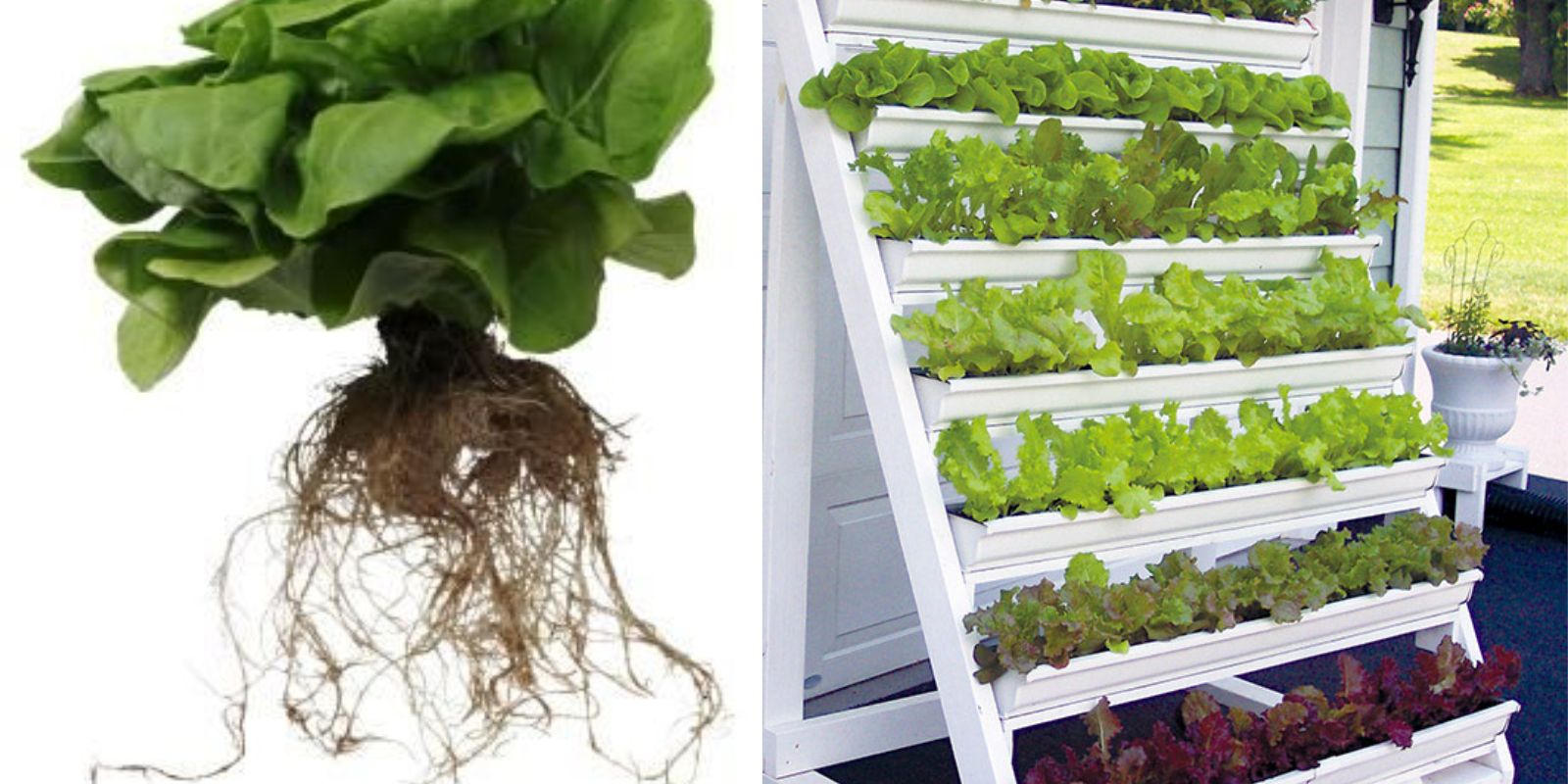Lettuce is one of the easiest and most rewarding crops to grow, and with a little creativity, you can cultivate it even in small spaces. Growing lettuce in a rain gutter is an innovative approach that not only saves space but also keeps your plants off the ground, away from pests, and makes harvesting incredibly convenient. Whether you’re a gardening enthusiast or a beginner, this method can fit seamlessly into your urban or backyard gardening plan. Here’s everything you need to know to grow your own lettuce in a rain gutter successfully.
Why Grow Lettuce in a Rain Gutter?
This method offers several benefits:
- Space Efficiency: Perfect for balconies, patios, and small gardens.
- Easy Maintenance: Elevated gutters reduce the need to bend or kneel while tending your plants.
- Pest Control: Keeps plants off the ground, reducing issues with slugs and other soil-borne pests.
- Year-Round Growing: With proper care and placement, you can grow lettuce indoors or outdoors throughout the year.
- Water Efficiency: The controlled environment allows better water management, minimizing waste.
Step-by-Step Guide to Growing Lettuce in a Rain Gutter
Step 1: Select the Right Rain Gutter
The first step is choosing a gutter that fits your needs:
- Material: Opt for lightweight plastic or aluminum gutters, as they’re durable and easy to handle.
- Length: Cut the gutter to fit the available space on your balcony, fence, or garden wall. Standard gutters are easy to modify with a hacksaw.
- Caps: Secure end caps on both sides to contain soil and water.
Step 2: Create Drainage
Proper drainage is crucial to prevent root rot and waterlogging:
- Drill small holes every 6–8 inches along the bottom of the gutter.
- Use a drill bit designed for the material (plastic or metal).
Step 3: Mount the Gutter
Decide where you want to place the gutter:
- Use sturdy brackets to mount it on a wall, fence, or wooden frame.
- Ensure it’s positioned in an area that gets at least 4–6 hours of sunlight daily.
- If growing indoors, place the gutter under grow lights.
Step 4: Fill with Growing Medium
Lettuce thrives in nutrient-rich, well-draining soil:
- Fill the gutter with high-quality potting mix enriched with compost.
- Avoid garden soil, as it can compact easily and hinder root growth.
- Ensure the soil level is slightly below the gutter’s rim to prevent spillage when watering.
Step 5: Sow Seeds or Plant Seedlings
You can choose to start from seeds or transplant seedlings:
- Seeds: Sow lettuce seeds about ¼ inch deep, spacing them 2–4 inches apart.
- Seedlings: If using transplants, space them 6–8 inches apart to allow for growth.
- Gently press the seeds or seedlings into the soil and water lightly.
Step 6: Water Consistently
Lettuce prefers moist soil, so regular watering is key:
- Use a watering can or a drip irrigation system to keep the soil evenly moist.
- Avoid overwatering, as it can lead to root rot.
- Check drainage holes to ensure excess water is draining properly.
Step 7: Fertilize as Needed
To encourage healthy growth, fertilize your lettuce:
- Use a balanced, water-soluble fertilizer every two weeks.
- Organic options like fish emulsion or compost tea are also effective.
Step 8: Harvesting
Lettuce is ready to harvest in 30–70 days, depending on the variety:
- Use the “cut-and-come-again” method by snipping the outer leaves while allowing the inner leaves to continue growing.
- For head lettuce, wait until the plant forms a full head before cutting it at the base.
Tips for Success
- Choose the Right Lettuce Variety:
- Loose-leaf varieties like butterhead or romaine work best for this method.
- Protect from Extreme Weather:
- In hot climates, provide shade to prevent bolting.
- In cold weather, use row covers to protect against frost.
- Keep Pests Away:
- Inspect plants regularly for aphids or other pests and remove them manually.
- Use organic sprays if needed.
- Rotate Your Crops:
- Avoid growing lettuce in the same gutter continuously. Rotate with other shallow-rooted plants like spinach or radishes.
Common Mistakes to Avoid
- Overcrowding: Planting too many seeds or seedlings can limit air circulation and stunt growth.
- Poor Drainage: Neglecting drainage holes can lead to waterlogged soil and plant diseases.
- Inconsistent Watering: Lettuce is sensitive to dry soil, so keep it consistently moist.
Why This Method is Perfect for Urban Gardeners
Rain gutter gardening is a simple and effective way to grow fresh produce in a limited space. It combines functionality with creativity, allowing gardeners to utilize vertical space and recycle materials. Whether you live in an apartment or have a small backyard, this method brings gardening within reach.
Final Thoughts
Growing lettuce in a rain gutter is an innovative, sustainable, and rewarding gardening technique. It’s perfect for beginners and experienced gardeners alike, offering a quick and efficient way to enjoy fresh greens without the need for a traditional garden bed.
Ready to try this space-saving method? Let us know in the comments if you have questions or share your progress with us! Happy gardening! 🥬
Hashtags
#GrowLettuce #RainGutterGardening #DIYGardenProjects #UrbanGardening #SustainableLiving #GardeningHacks #FreshGreens

